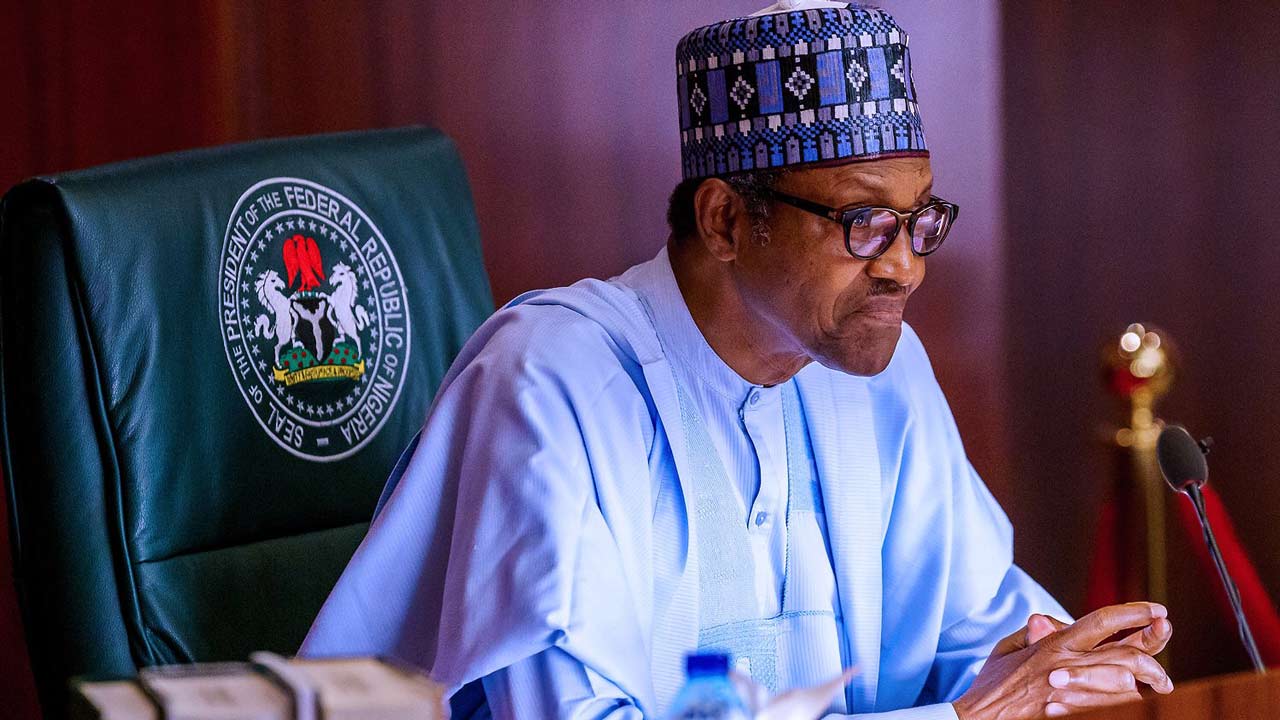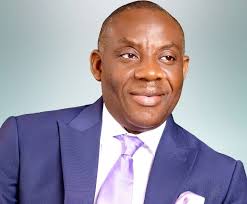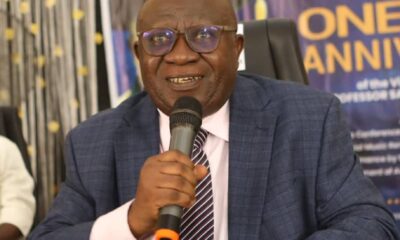News
See How Much President Buhari’s Government Has Borrowed In 7 years, As Experts Warn FG

Facts have emerged as to how the administration of President Muhammadu Buhari borrowed N22.03trn from local and international creditors to finance the budget deficit of the federal government.
The amount, which was borrowed over a period of seven years covering 2015 to 2022, excludes the huge cost of servicing the country’s debt burden.
Nigeria’s debt burden, based on figures released by the Debt Management Office. stood at N39.5trn as of the end of 2021.
The rising appetite for borrowing occasioned by the inability of the federal government to boost revenue has forced the current administration to accumulate the N22.03trn loan.
The Buhari-led administration is the highest to have taken more loans than any other government since 1999 when Nigeria returned to democratic rule.
Findings showed that while the administration of former President Olusegun Obasanjo met $28bn as foreign debt in 1999, it left $2.11bn in 2007 after successfully securing a debt relief package from the London and Paris clubs of foreign creditors.
When the last late President Umar Yar’Adua’s was in office. His administration borrowed $1.39bn to what it met.
After the death of Yar-Adua, the Goodluck Jonathan’s government incurred additional $3.8bn, taking the country’s total foreign debt to $7.3bn.
Nigeria’s total debt was about N12trn when the Jonathan administration handed over the country’s affairs to the administration of President Buhari in 2015.
Govt’s Rising Appetite for Borrowing
Based on figures obtained from the Debt Management Office, Nigeria’s public debt has been rising on an annual basis since 2015 when this government took over.
In 2015, the federal government borrowed the sum of N1.457trn to partly finance the budget deficit of N1.61trn. The borrowing according to analysis of the DMO figures is about 90.17 per cent of the budget deficit.
In the 2016 and 2017 fiscal periods, the government borrowed N1.81trn and N2.32trn to finance the budget deficits of N2.2trn and N2.35trn respectively.
The borrowings represent about 82.52 per cent and 98.54 per cent of the budget deficit for the two years.
With the worsening revenue crisis, the administration of Buhari further resorted to huge borrowing by incurring fresh debts of N1.64trn, N1.6trn and N4.19trn in 2018,2019 and 2020.
The debts were incurred within these three years to finance the budget deficits of N1.95trn, N1.9trn and N4.6trn.
The borrowing of N1.64trn, N1.6trn and N4.19trn also represents about 84.09 per cent, 84.1 per cent and 91.11 per cent of the budget deficit of the federal government.
In 2021, the administration borrowed N5.48trn to partly finance the budget deficit of N6.45trn, representing 85.11 per cent of the budget deficit.
The new borrowing is expected to drop to N5.13trn in 2022. This would be partly used to finance the N6.38trn budget deficit of the federal government.






























